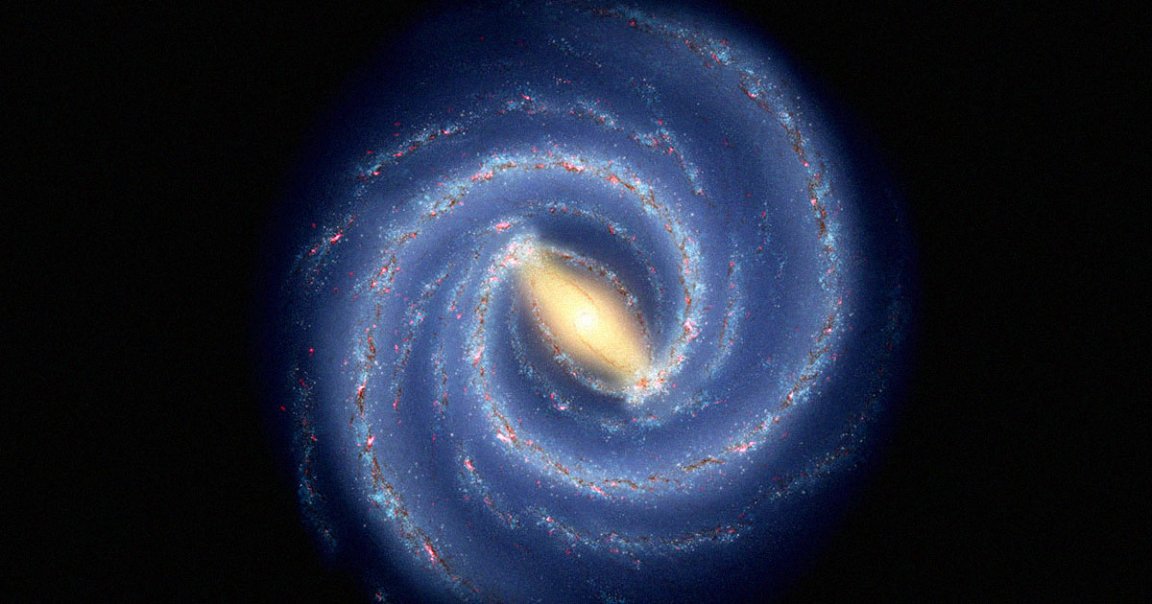
Not Like Other Girls
We might be very wrong about the shape of our galaxy.
As Space.com notes, astronomers believe that the majority of known galaxies generally fall into one of three categories: elliptical, irregular, and spiral. The Milky Way is considered to be a spiral galaxy, which usually means that it features two long “arms” that extend from its center.
Yet, for the last two decades, the general consensus has been that the Milky Way actually has four arms rather than two, making it a highly unusual outlier.
Or so we thought. According to a recent study conducted by a team of Chinese scientists, the Milky Way might be a regular, two-armed spiral after all.
“In spite of much work, the overall spiral structure morphology of the Milky Way remains somewhat uncertain,” reads the scientists’ paper, which was published last month in The Astrophysical Journal. “In the last two decades, accurate distance measurements have provided us with an opportunity to solve this issue.”
“Using the precise locations of very young objects, for the first time,” it continues, “we propose that our galaxy has a multiple-arm morphology that consists of two-arm symmetry.”
If ever confirmed, the finding could force us to rethink what we know about the structure of the Milky Way, down to its very shape.
Central Bulge
The scientists came to their conclusion by utilizing data from a new generation of space instruments, including the European Space Agency’s Gaia telescope.
Gaia, which launched back in 2013, has been tracking the precise movement and distance of stars to create a detailed 3D map of the Milky Way.
For the purposes of their study, the researchers focused on the location of “OB stars,” which are massive celestial bodies with relatively short life spans. Because OB stars don’t live terribly long — which means that they move very little — they’re ideal candidates for mapping projects like this one.
Thanks to their efforts, the scientists were able to draft an alternative model to explain the curious structure of our galaxy. They suggest that while there are several “long, irregular arms” on the outskirts of our galaxy, they may not actually be connected to the Milky Way’s central bulge.
While the researchers admitted that it’s only a theory, further observations of telescopes being built like the Square Kilometre Array in Australia and South Africa could shed more light on the matter.
But it’s certainly a compelling theory, nonetheless.
More on galaxies: The James Webb May Have Just Found the Oldest Galaxy Ever Seen